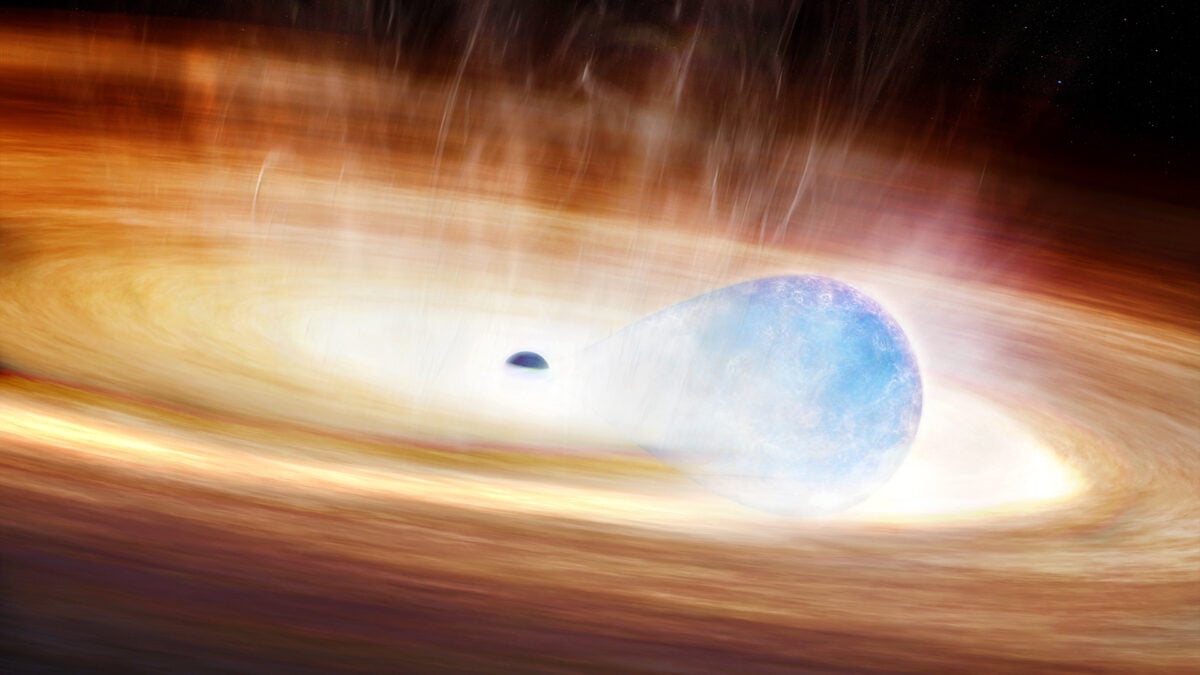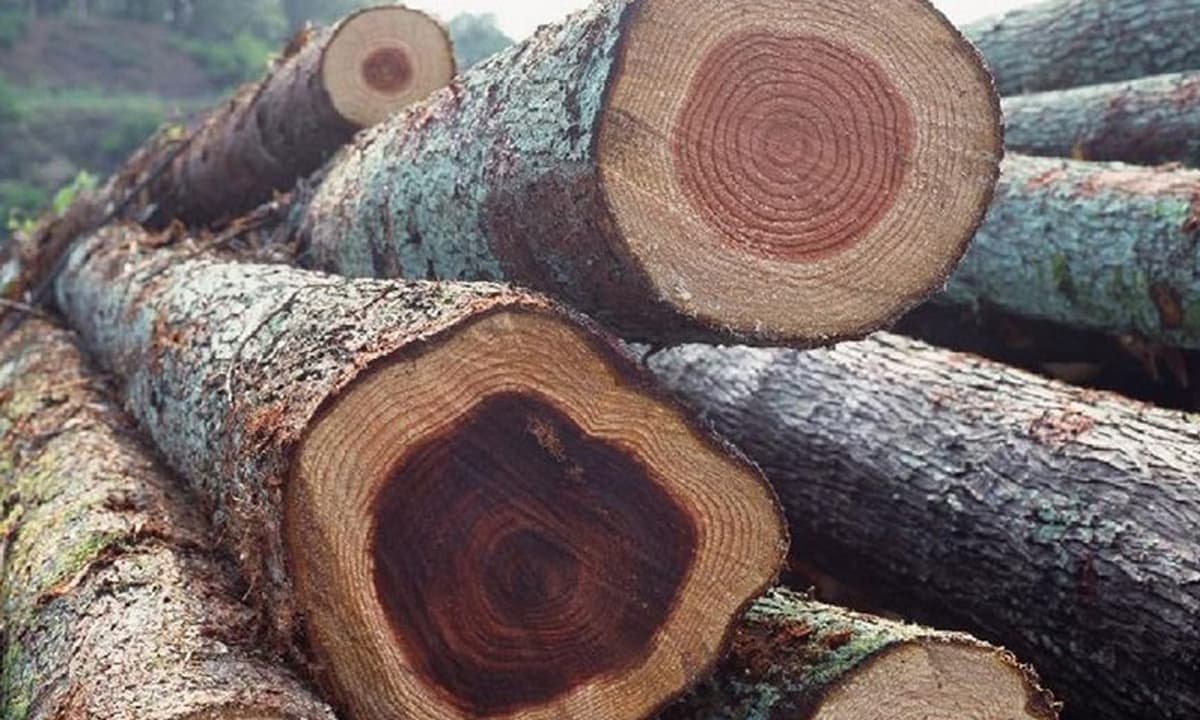Star Tries to Swallow a Black Hole, Ignites One of the Strangest Supernovas Ever Seen

Black holes are dark, menacing objects with gravity so intense that not even light can escape, so you don’t want to mess with them. A recent discovery of one of the strangest supernovas ever observed reveals the tragic story of a star that tried to defy the powerful pull of a nearby black hole but later conceded in an explosive death.
A team of astronomers discovered the unusual supernova, dubbed SN 2023zkd, while digging through observations of particularly interesting targets gathered by telescopes around the world. The stellar explosion may have been sparked by a deadly encounter with a black hole, leading to the untimely detonation of the star. The discovery, detailed in a new paper published in the Astrophysical Journal, marks the strongest evidence to date of cosmic interactions between stars and black holes that may lead to supernova.
The Zwicky Transient Facility in Southern California discovered this particular supernova in July 2023, and it was later flagged by an artificially intelligent algorithm trained to alert the team every morning to the most unusual stellar explosions found in the collective data. The bot flagged the supernova as it appeared to be “evolving in an odd way,” Alexander Gagliano, a fellow at the National Science Foundation’s Institute for Artificial Intelligence and Fundamental Interactions and lead author of the study, told Gizmodo.
“There are two particularly strange features of this supernova,” Gagliano said. It “looks like it exploded twice—it brightened, dimmed, then brightened again!” Although there was only one explosion, the unusual evolution of the supernova was the first clue that it had originated from a complex environment.
“Second, normally the start of that explosion is quite fast (it takes maybe a few days to a month to reach its peak brightness),” Gagliano added. “In this case, we actually dug deeper into the data before the supernova and noticed that the star was clearly brightening slowly for years prior to its death.” The team combined the unusual nature of the supernova along with other evidence to trace the origin story of the explosion and found that it points to a star merging with a black hole companion.
The astronomers behind the discovery believe that the massive star was locked in a deadly orbital dance with the black hole. As the two objects were drawn closer to one another, the star partially swallowed the black hole. That led to gravitational stress imposed upon the star, which then triggered the supernova explosion.
Another possible scenario is that the black hole completely tore the star apart before it could explode on its own, according to the paper. If it did, the black hole would have pulled in the debris shed by the star, which would have crashed into the gas surrounding the black hole and triggered a supernova emission. Either way, the black hole was left standing while the star suffered an explosive death.
“LAISS, the AI system responsible for catching SN 2023zkd, works by extracting properties from both the supernova’s light and the supernova’s home (its galaxy). These features are then compared against a large reference dataset of known objects to identify statistical outliers,” Gagliano said. “Anomalous signals may indicate rare or previously unseen phenomena.” A specialized Slack bot then posts the outliers in real time to a channel, and team members review the list of candidates every morning to coordinate follow-up observations.
Using the AI system, the team is still on the hunt for more exotic phenomena and strange anomalies. “It’s a very exciting time to study supernovae,” Gagliano said.









